Yoshio Okamoto
Core Challenge 2023: Solver and Graph Descriptions
Oct 27, 2023Abstract:This paper collects all descriptions of solvers and ISR instances submitted to CoRe Challenge 2023.
Core Challenge 2022: Solver and Graph Descriptions
Aug 04, 2022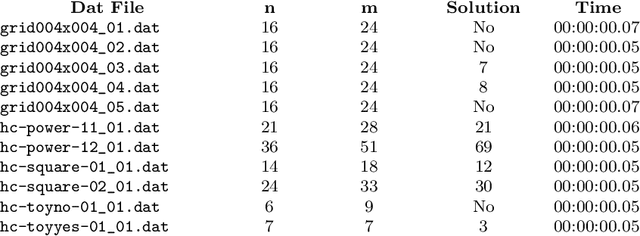
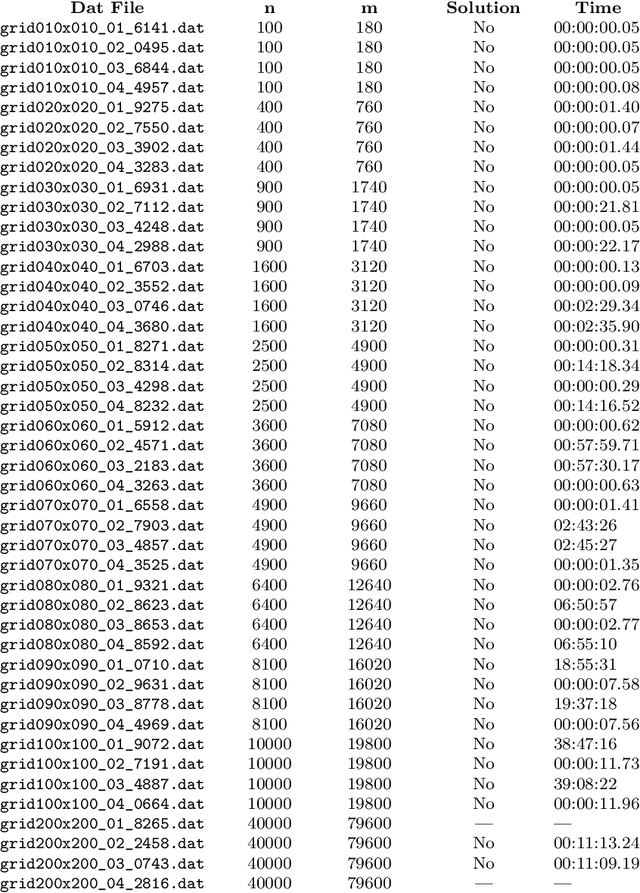
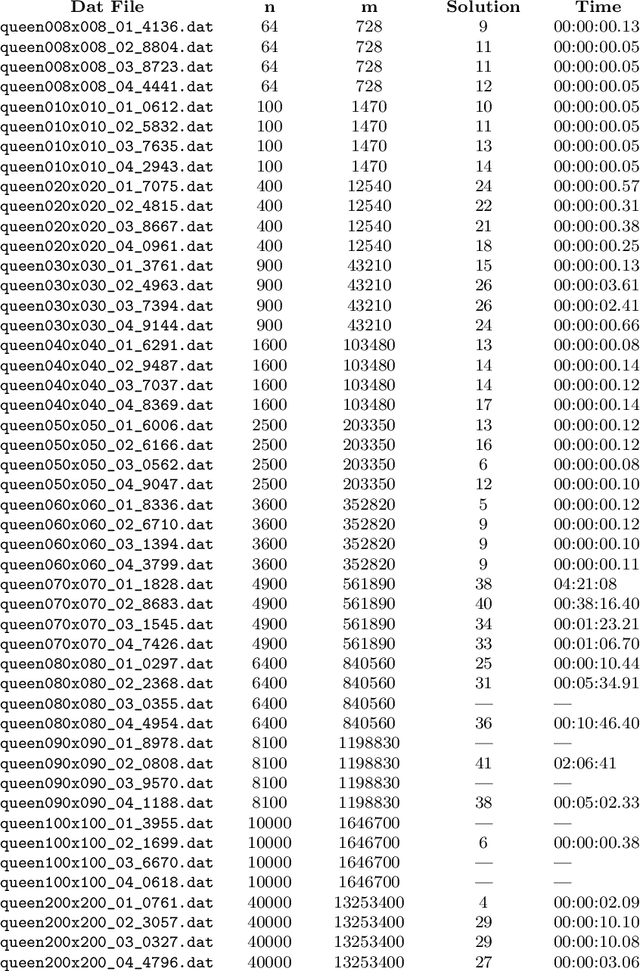
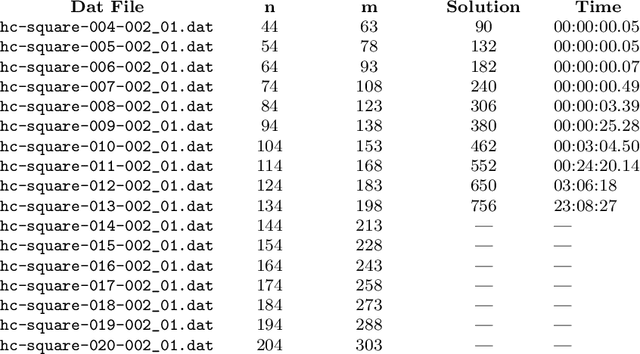
Abstract:This paper collects all descriptions of solvers and ISR instances submitted to CoRe Challenge 2022.
Reforming an Envy-Free Matching
Jul 06, 2022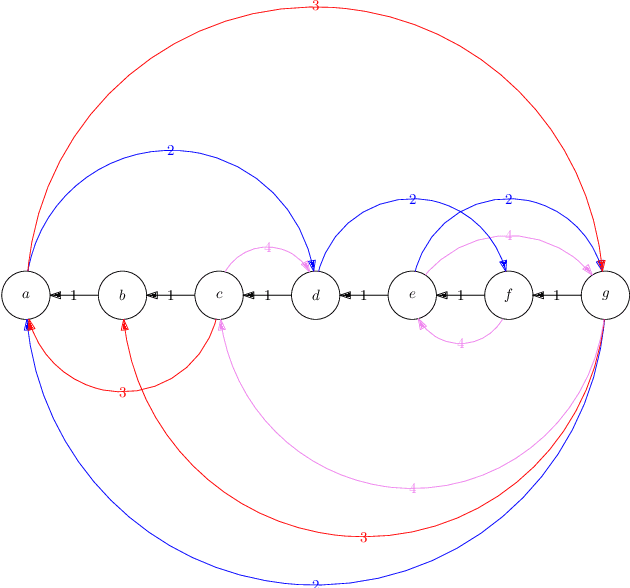
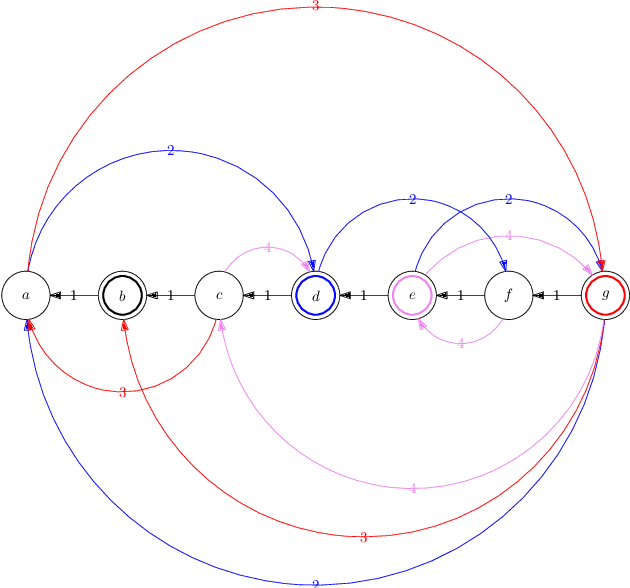

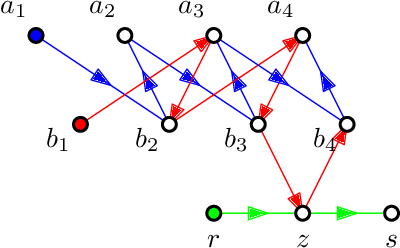
Abstract:We consider the problem of reforming an envy-free matching when each agent is assigned a single item. Given an envy-free matching, we consider an operation to exchange the item of an agent with an unassigned item preferred by the agent that results in another envy-free matching. We repeat this operation as long as we can. We prove that the resulting envy-free matching is uniquely determined up to the choice of an initial envy-free matching, and can be found in polynomial time. We call the resulting matching a reformist envy-free matching, and then we study a shortest sequence to obtain the reformist envy-free matching from an initial envy-free matching. We prove that a shortest sequence is computationally hard to obtain even when each agent accepts at most four items and each item is accepted by at most three agents. On the other hand, we give polynomial-time algorithms when each agent accepts at most three items or each item is accepted by at most two agents. Inapproximability and fixed-parameter (in)tractability are also discussed.
Unlabeled Multi-Robot Motion Planning with Tighter Separation Bounds
May 16, 2022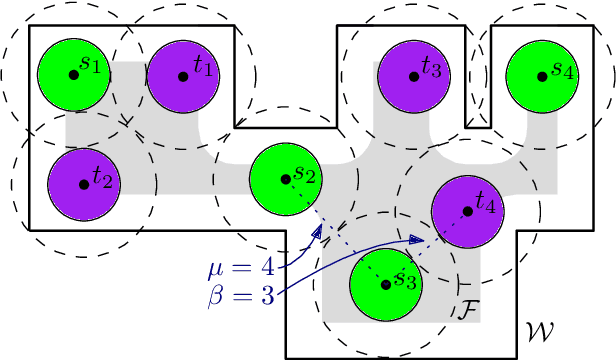
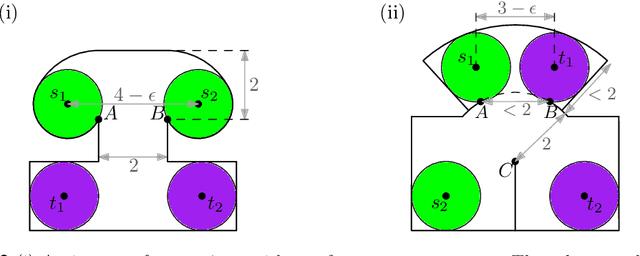


Abstract:We consider the unlabeled motion-planning problem of $m$ unit-disc robots moving in a simple polygonal workspace of $n$ edges. The goal is to find a motion plan that moves the robots to a given set of $m$ target positions. For the unlabeled variant, it does not matter which robot reaches which target position as long as all target positions are occupied in the end. If the workspace has narrow passages such that the robots cannot fit through them, then the free configuration space, representing all possible unobstructed positions of the robots, will consist of multiple connected components. Even if in each component of the free space the number of targets matches the number of start positions, the motion-planning problem does not always have a solution when the robots and their targets are positioned very densely. In this paper, we prove tight bounds on how much separation between start and target positions is necessary to always guarantee a solution. Moreover, we describe an algorithm that always finds a solution in time $O(n \log n + mn + m^2)$ if the separation bounds are met. Specifically, we prove that the following separation is sufficient: any two start positions are at least distance $4$ apart, any two target positions are at least distance $4$ apart, and any pair of a start and a target positions is at least distance $3$ apart. We further show that when the free space consists of a single connected component, the separation between start and target positions is not necessary.
 Add to Chrome
Add to Chrome Add to Firefox
Add to Firefox Add to Edge
Add to Edge